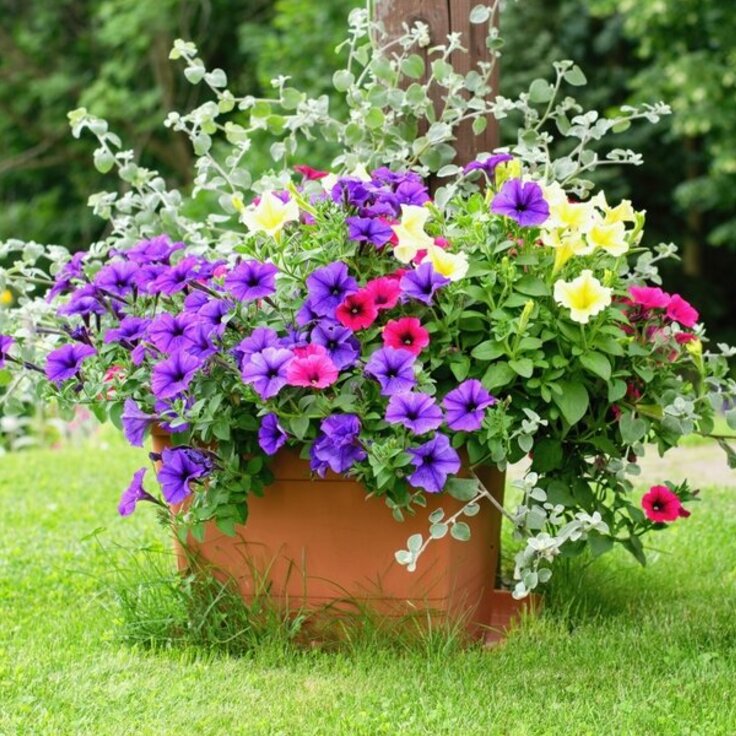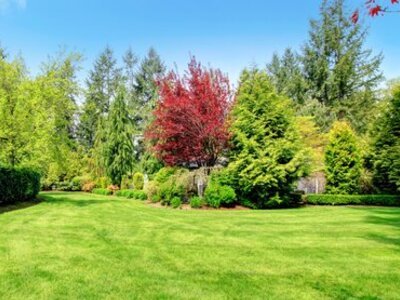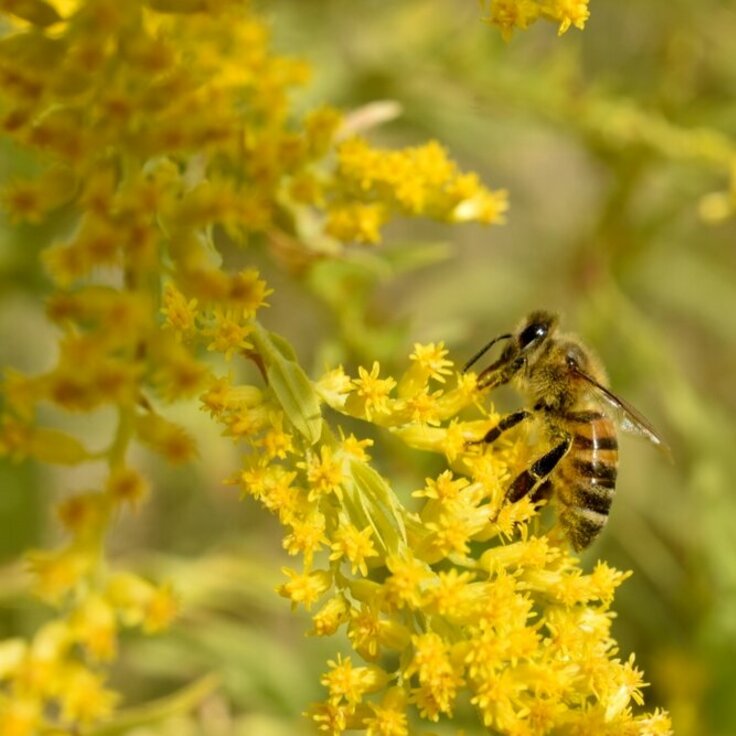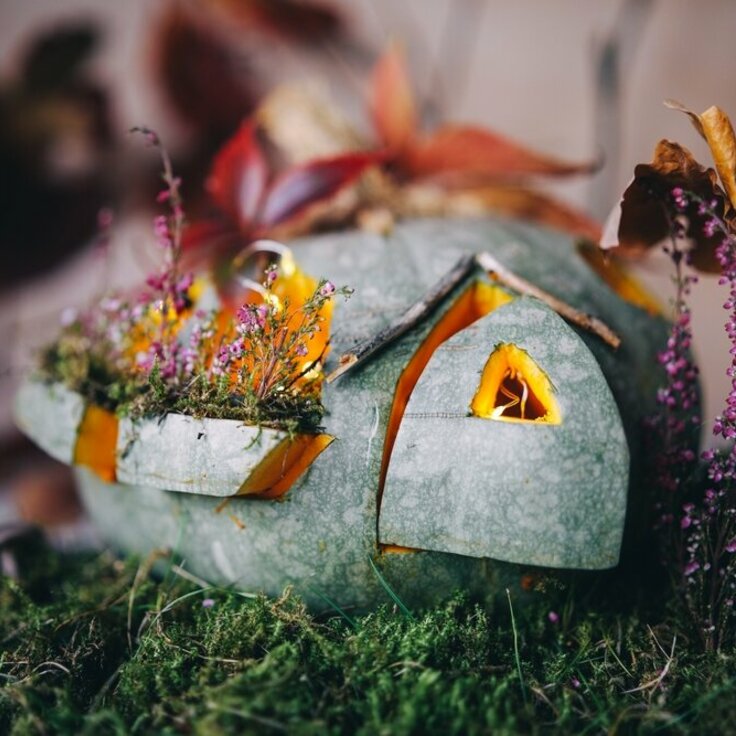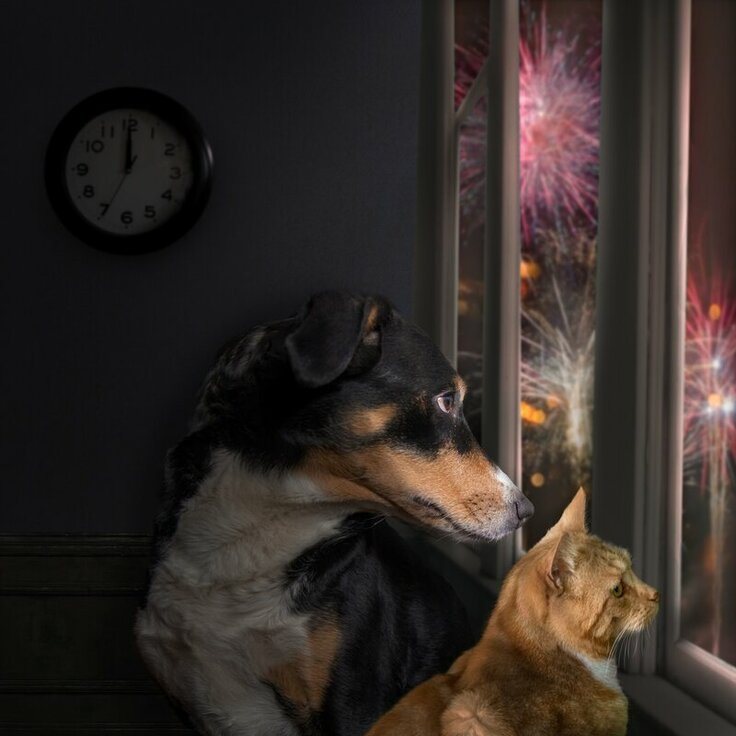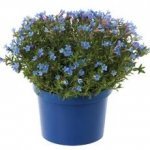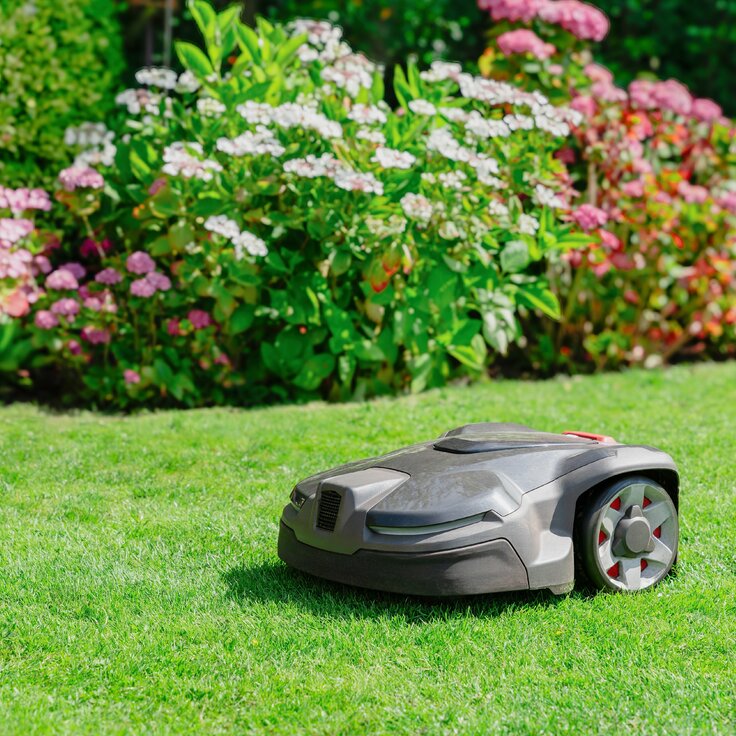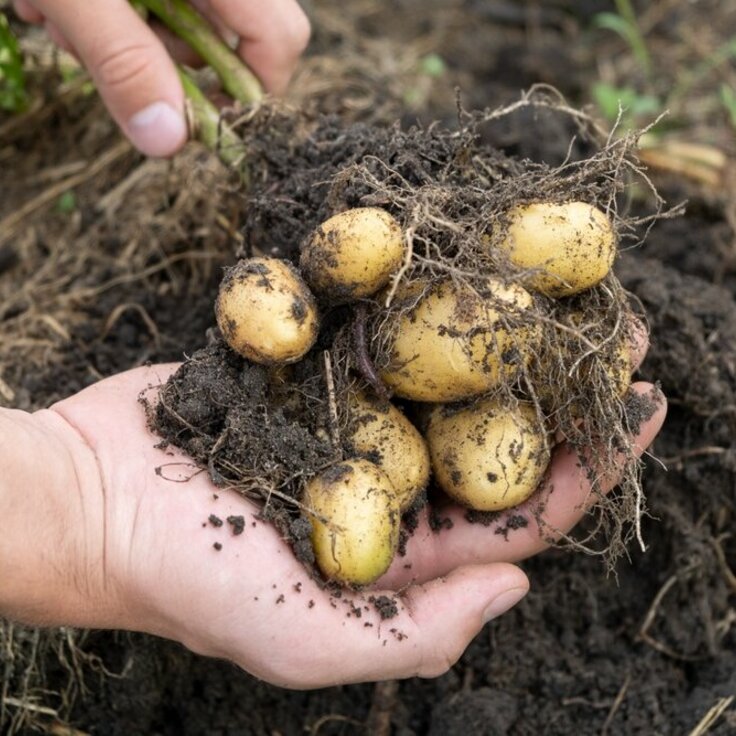Making a Home for Houseplants
The term "houseplant" is really somewhat misleading. No plants are "native" to the house. Most so-called houseplants are native to the understory layers of tropical rain forests, where they thrive in the moist, humid, low-light environment. People have collected these plants and brought them indoors because they are among the few plants that can survive in the low-light, indoor environment. But they don't necessarily like it indoors.
The Indoor Light Environment
Understanding the environment these plants prefer can help you make them feel at home in your house and perhaps avoid the majority of houseplant problems. The typical indoor environment has very low light intensity, especially in winter. Houseplants differ significantly in their light needs, but a plant in less than sufficient light will gradually decline in health - perhaps surviving, but not thriving.
Placing a houseplant in the higher light intensity of a partly-shaded, outdoor location for the summer can help rejuvenate it and allow it to build up its reserves, enabling it to withstand a subsequent period of winter indoors.
Acclimating Plants
However, fluctuations in light intensity can severely stress plants. The tissues of a plant change to adjust to the light intensity of their environment. A plant grown in low light will be much more efficient with using any available light and more sensitive to bright light than the same species grown in high-intensity light. If you move a plant growing in low light into a high light environment, it will sunburn or scorch. Moving plants from high to low light will result in either a gradual decline or, in the case of some plants like ficus, sudden leaf drop.
It's best to gradually acclimate plants that have summered outside to the indoor environment over a period of a week or two in the fall before bringing them in for winter. Start by bringing plants in for a few hours a day, increasing the time slowly over a 2-week period. Larger plants can be first moved to an outside, shady location with very low light intensity for a couple of weeks and then moved into the house.
The Indoor Air Environment
The air in a house typically has low humidity, especially when the heat is on during cold periods. Some houseplants benefit from increased humidity. To achieve this, I often place gravel trays filled with water under the plants, and group plants together to help create a humid environment.
Watch the Watering
Overwatering kills more plants than all other factors combined. It deprives the roots of oxygen and promotes root rot. Most plants should be watered thoroughly when the growing mix has begun to dry out and only then. Some plants such as African violets, do well in a continually moist, but not wet, growing mix. By placing wicks in the soil, they can draw water up from a reservoir underneath the plant to provide a gradual, constant water supply and eliminate the need for frequent watering.
Don't Force Them
Plants do not grow as vigorously in winter because of cooler temperatures and lower light intensity. They need less water and fertilizer than in the summer months. Avoid the temptation to try to fertilize houseplants into vigorous growth at this time, as that will only create more problems, such as root rot and salt damage.

